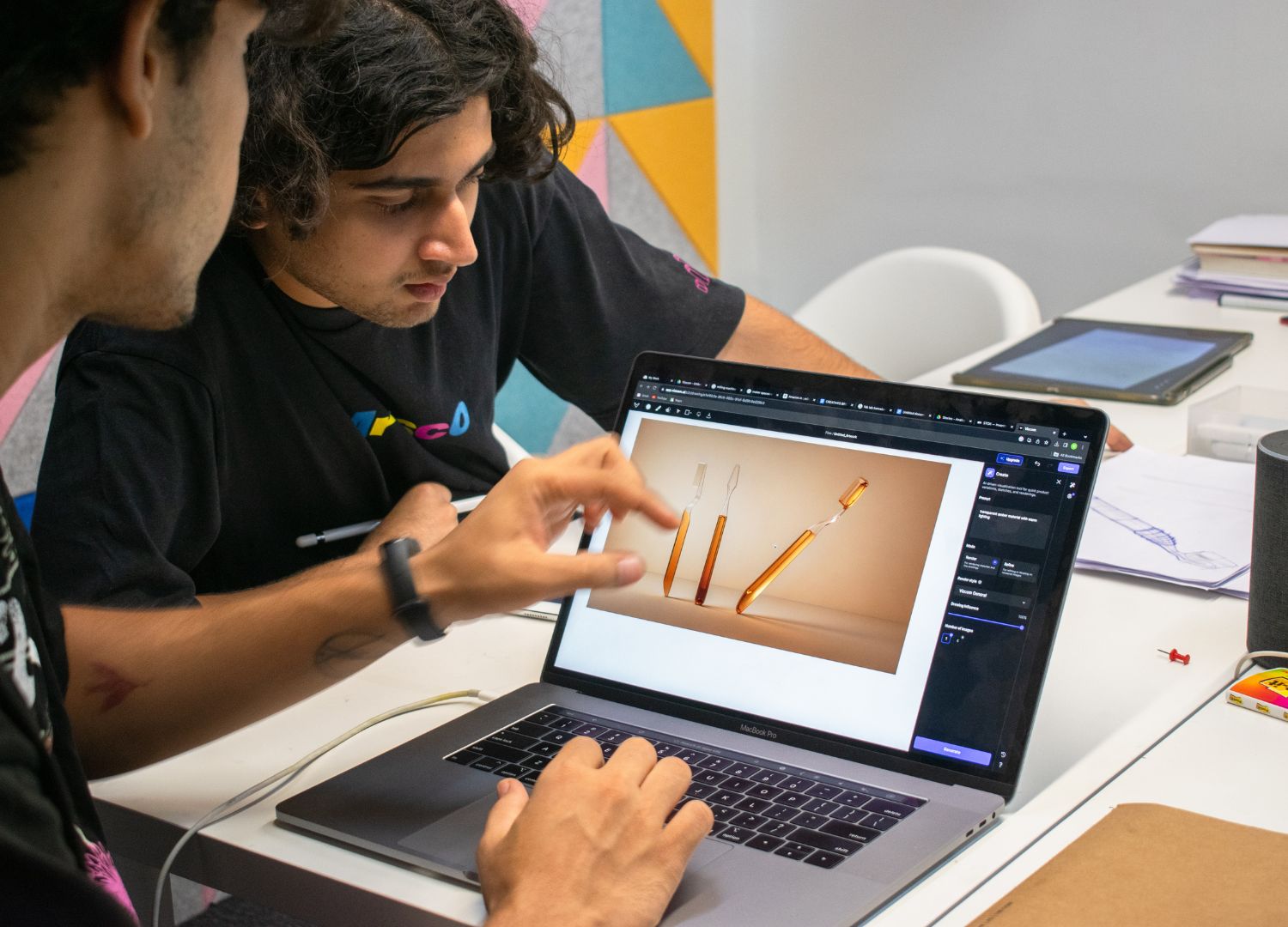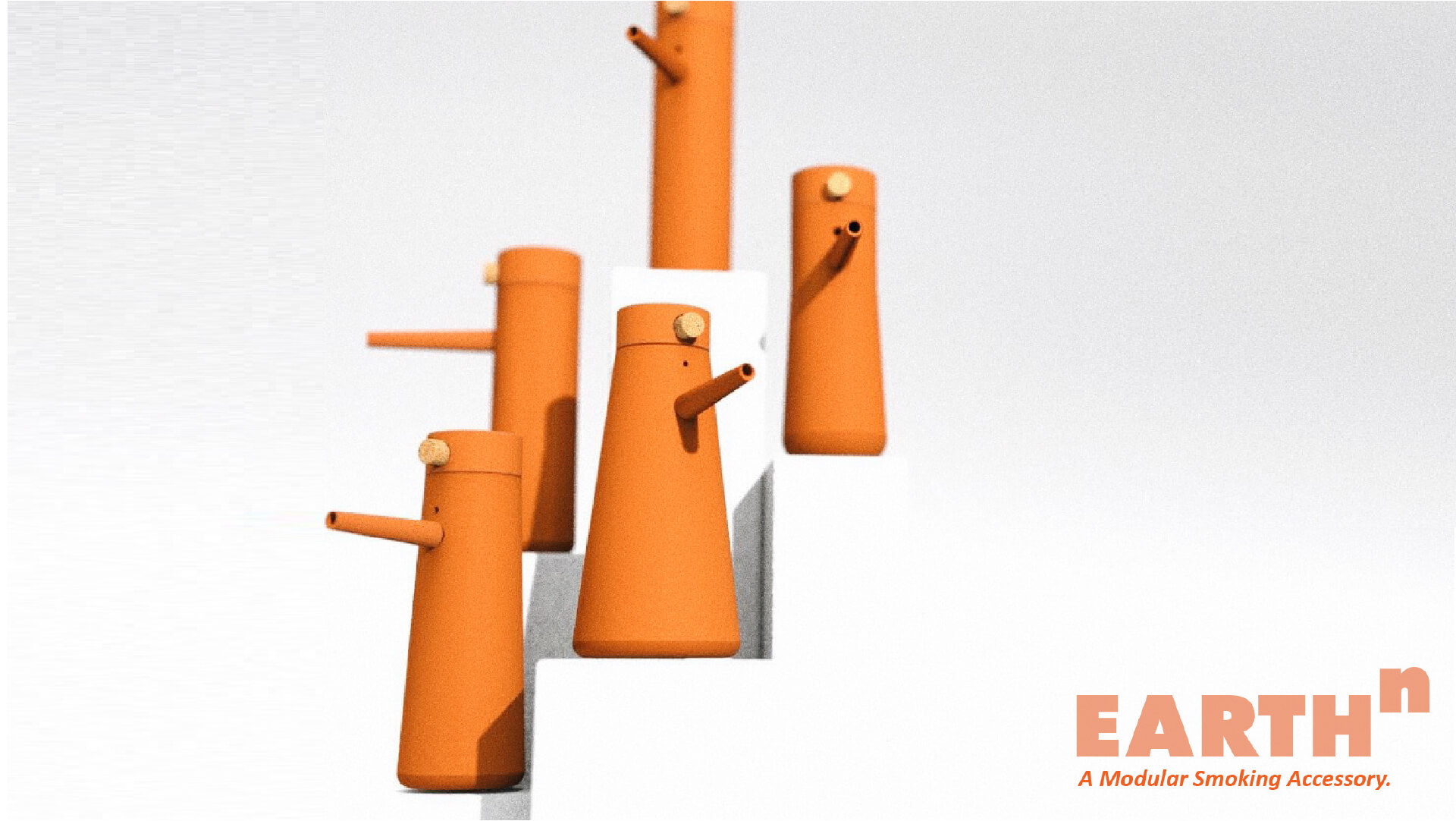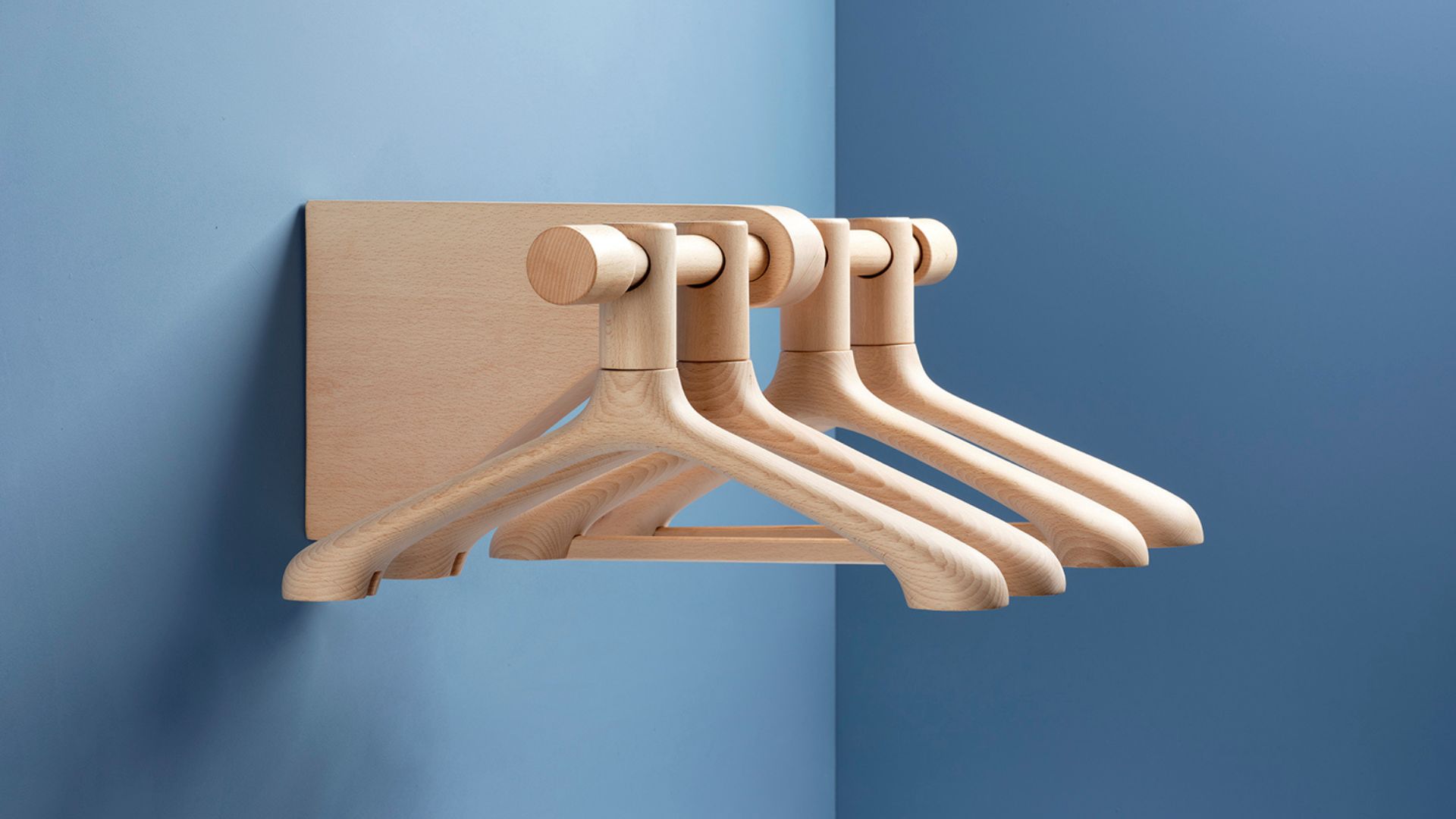India is transitioning from a manufacturing hub to a design powerhouse
As India positions itself as the next global superpower, the question arises: does design have a substantial role in this unfolding scenario? This article aims to shed light on an emerging narrative that may seem inconspicuous to Western nations but holds pivotal significance for the near future: the evolution of design in India.

In our quest for insights into this evolving landscape, DesignWanted reached out to VT Rao, the founder & CEO of Analogy Design, one of the most influential design studios based in Bengaluru, India.
To better grasp this phenomenon, it’s crucial to draw a parallel with China’s trajectory. We now consider China a prominent partner for global companies and design studios, a far cry from its past identity solely as a manufacturing hub due to high competence and low costs. However, approximately two decades ago, China wasn’t perceived as a design hub.
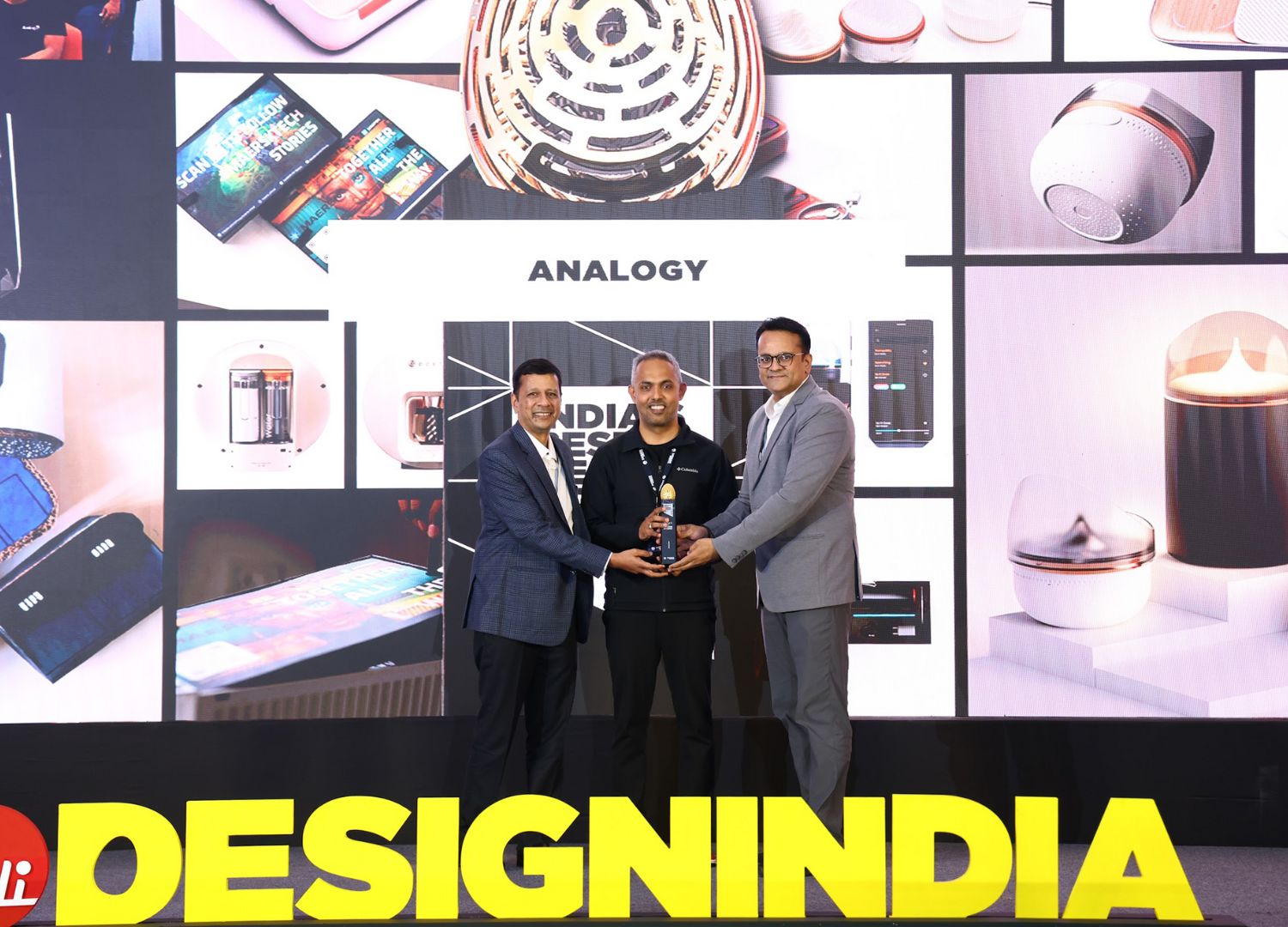
The transformation occurred as China invested in entrepreneurship and intellectual quality, fostering a shift from a mere low-cost manufacturer to a hub of design excellence. Today, many Chinese brands are synonymous with distinctive identities rather than mere affordability. Just think about the brand called “Nothing”.
This brings us to India, a nation showing unmistakable signs of intending to develop a robust market in the design domain in the next 5-10 years. The term “design area” here encompasses well-designed products that cater to the native market and extend their footprint internationally.
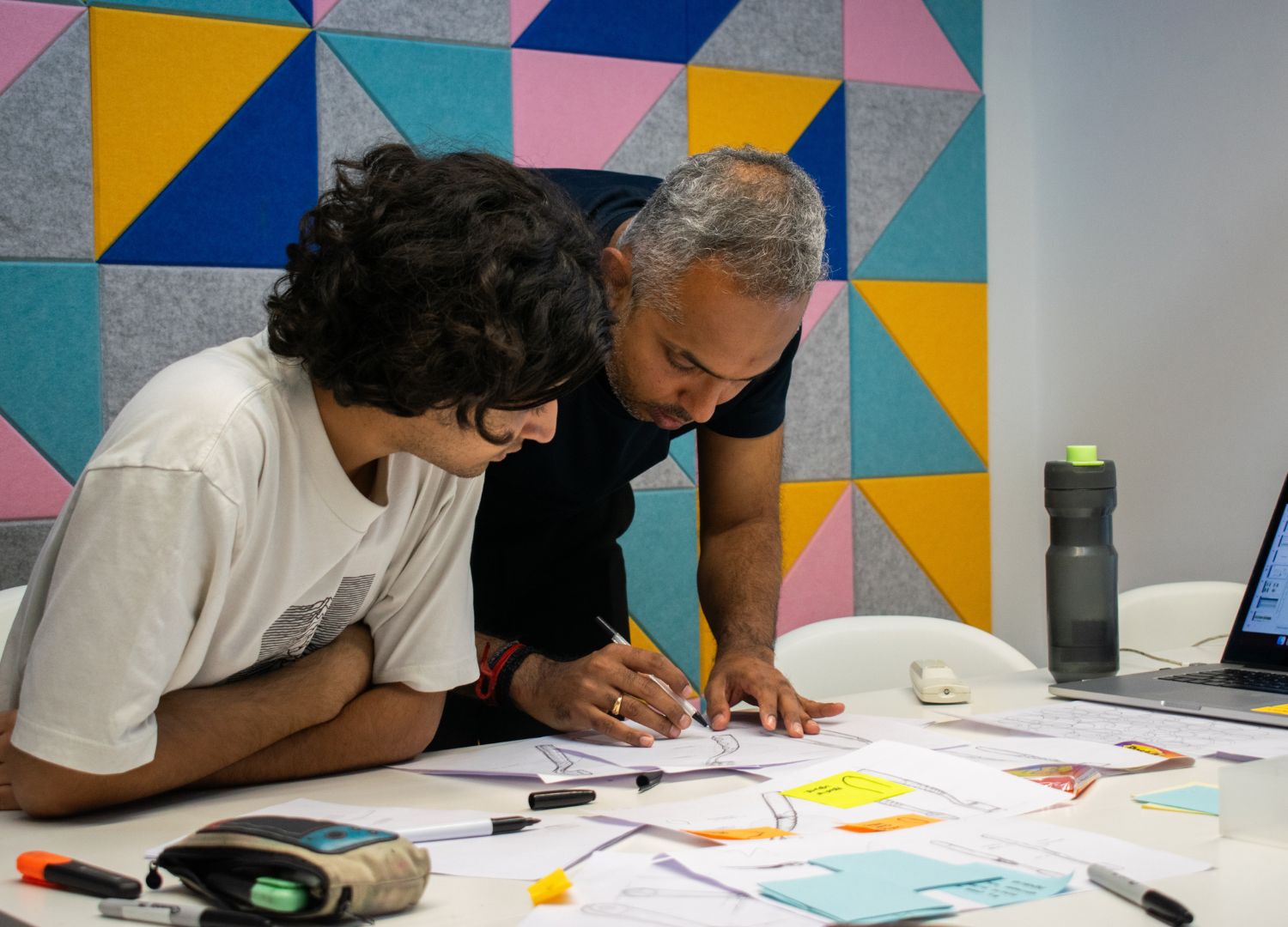
VT Rao (see here his LinkedIn profile), with a rich background in the United States, exemplifies the precious return of individuals to their homeland, equipped with international exposure and innovative ideas. Analogy Design operates on two fronts: introducing international brands to India and designing for Indian companies operating in both local and global markets.
In such a diverse market like India, where cultural nuances play a significant role, having a designer familiar with both the local context and a global workflow becomes imperative. VT Rao’s studio, blending Western design sensibilities with a deep understanding of Indian culture, bridges cultural gaps to deliver effective and culturally resonant products.
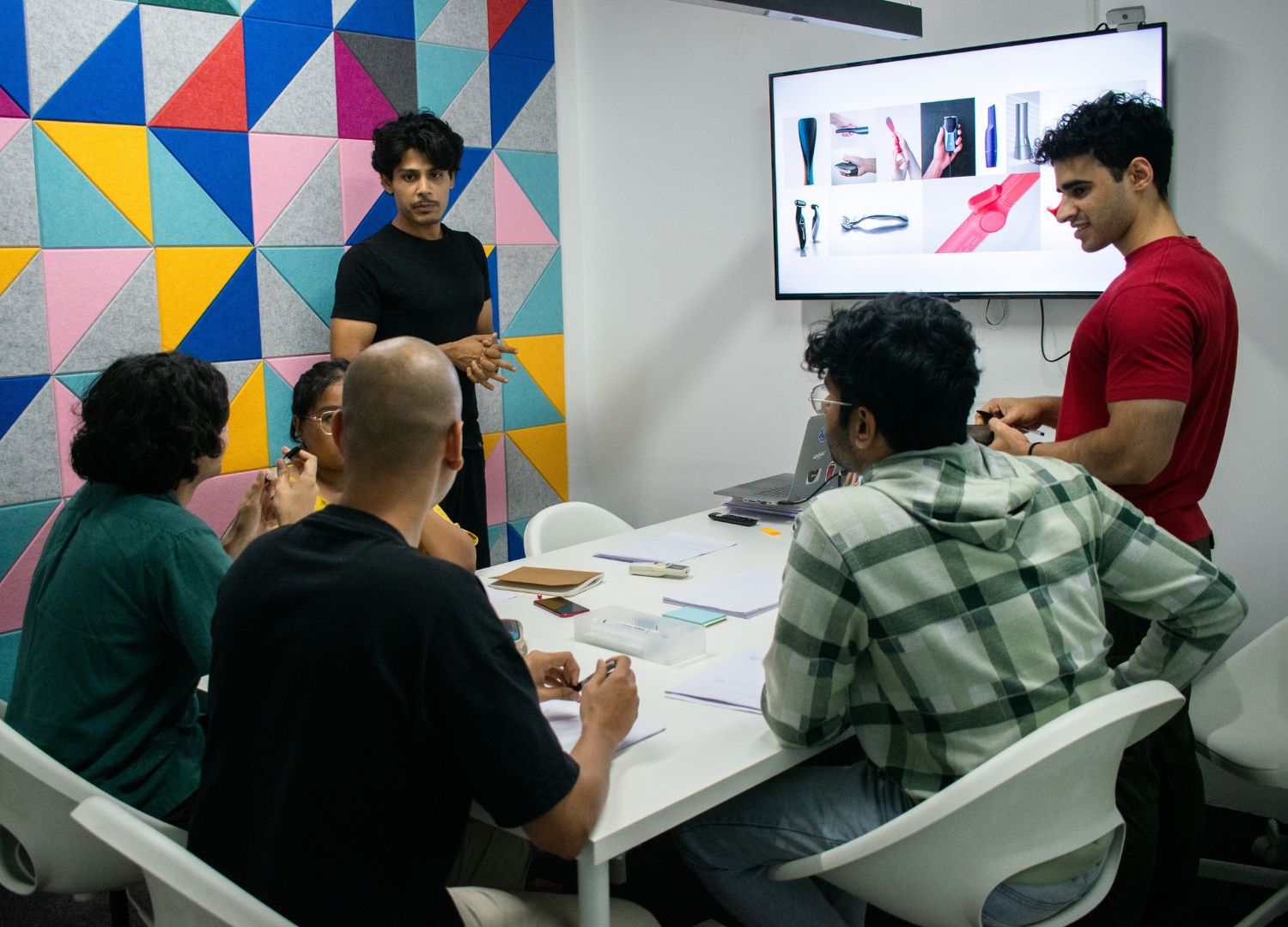
The ethos is encapsulated in “design for outcomes,” where the focus is on understanding the user’s transition from tradition to the contemporary world while maintaining a drive for innovation.
Several Indian companies are already making strides in the design realm, including Tata Motors, Skybags, Royal Enfield, and many more, showcasing a promising trajectory.
The nascent state of design in the country, evidenced by the existence of nascent museum realities that take inspiration from great examples such as the MOMA in New York, are pushing designers to educate companies about quality and invest in design research..

Simultaneously, educational institutions are shaping the next generation of designers who will navigate seamlessly between tradition and the beckoning international future.
Excitement lingers about what lies ahead, as designers in India wield significant influence in shaping the design narrative in a landscape that is gradually finding its unique voice.
India’s trajectory as a global superpower is intricately tied to the evolving role of design.
Drawing inspiration from China’s transformation, in the words of VT Rao, India is transitioning from a manufacturing hub to a design powerhouse.
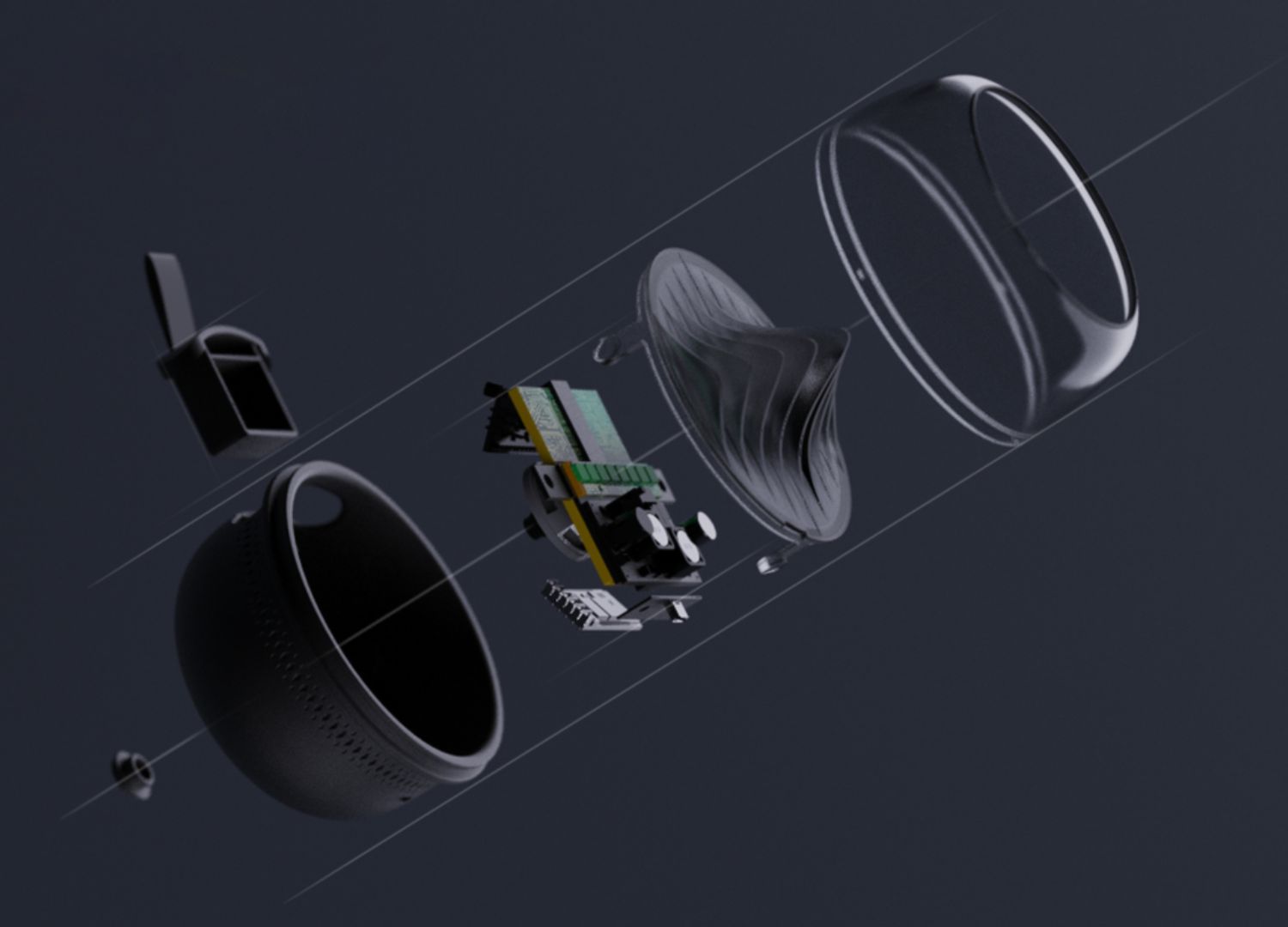
Designers like VT Rao and studios such as Analogy Design exemplify the fusion of international exposure with a deep understanding of local nuances, shaping a narrative that bridges cultural gaps and delivers innovative, culturally resonant products.
The unfolding scenario holds promise, positioning design as a key player in India’s ascent to prominence on the global stage.






